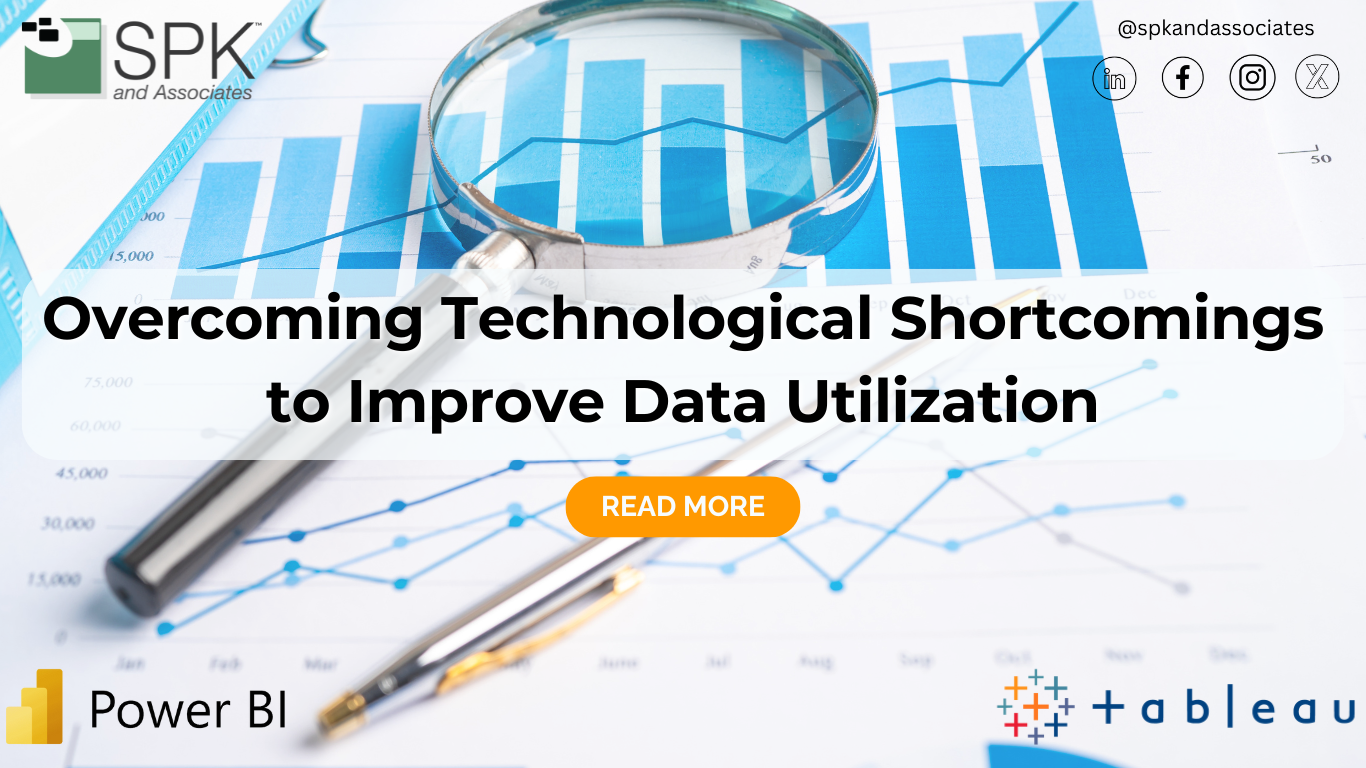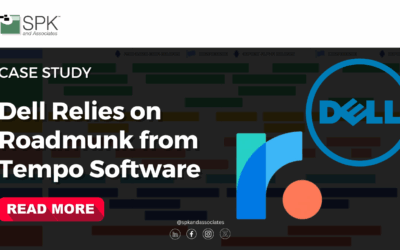Data is everywhere in today’s businesses. It’s collected automatically by software tools to track actions. It’s created when scanning products or frequent buyer cards. And it’s used when we make payments on our credit cards or other online accounts. Although data is seemingly always in use, there are still some massive gaps when it comes to utilizing the data to its fullest. Companies that effectively utilize their data are the ones that gain a competitive edge. In order to have that edge, you must overcome the challenges from two primary areas: technological shortcomings and skill gaps within the workforce. Let’s explore how companies can overcome these challenges with data integration solutions.
Technological Shortcomings: The Need for Advanced Data Tools
One of the most common barriers to effective data utilization is the lack of appropriate technology. Many organizations do not have access to advanced analytics platforms, such as Power BI or Tableau. Additionally, they may have fragmented systems that make it difficult to consolidate data into a single, actionable source.
A company might have a wealth of data scattered across various departments and software systems (Salesforce, Jira, QuickBooks, Stripe, Zendesk, WordPress, spreadsheets, etc). What they lack is a unified platform to visualize and analyze that data. Without a tool like Power BI, it becomes challenging to create dashboards that provide real-time insights. This leads to missed opportunities and inefficient decision-making.


Moreover, some companies struggle with data availability. They may have systems in place, but the data might be incomplete, outdated, or siloed. This makes it difficult to extract meaningful insights. This technological gap can significantly hinder an organization’s ability to act on data-driven strategies.
Overcoming the Need for Data Integration Solutions
However, the mere implementation of such tools is not enough. Companies must ensure that the data feeding into these systems is clean, complete, and up-to-date. Regular audits of data quality and integrity are essential to maintaining the reliability of the insights derived from these platforms. Furthermore, once the data is in these systems, data should be analyzed and made into a story. This is so others in the organization understand how that data is being used and can be leveraged to create better business outcomes.
To address these technological shortcomings, companies need to invest in the right tools and platforms. These tools must enable seamless data integration, visualization, and analysis. Implementing an analytics platform like Power BI or Tableau can transform how data is accessed and used across the organization. These tools can centralize data from various sources, allowing decision-makers to easily visualize trends, forecast outcomes, and make informed choices.
Skill Gaps: Bridging the Knowledge Divide with Data Integration Solutions
Even with the right technology in place, companies often face another critical challenge: a skill gap among their workforce. Having access to powerful tools like Power BI is only beneficial if employees know how to use them effectively. Unfortunately, many organizations struggle with this aspect.
For example, while a company may have invested in a comprehensive data analytics platform, its employees might lack the expertise to create meaningful reports, dashboards, or visualizations. This skill gap can result in underutilization of the technology and a failure to derive maximum value from data.
Additionally, there might be a lack of understanding about how to prepare data for analysis. Employees may not know how to clean and structure data to make it reportable. This leads to poor-quality insights and ineffective decision-making.

Overcoming the Knowledge Divide: Power BI and Tableau Training
To bridge this skill gap, organizations need to invest in training and upskilling their workforce. Providing employees with the necessary education on how to use analytics tools like Power BI or Tableau is crucial. This training should cover more than just basic functionality. It should delve into best practices for data visualization, storytelling with data, and advanced analytics techniques.

Furthermore, companies should consider partnering with external experts who can provide guidance and mentorship. These experts can help in developing a data strategy, implementing the right tools, and training employees. These practices ensure they can maximize the potential of these platforms. Through several years of working with a specific client listed in this case study, SPK has been able to help them save 75% in computing and licensing costs, along with implementing the solution 6 times faster.
Unlocking the Power of Data
Technological shortcomings and skill gaps are two significant barriers that prevent companies from fully leveraging their data. By addressing these challenges—investing in the right technology and upskilling their workforce—organizations can unlock the true potential of their data and gain a competitive advantage in their industry.
If your company is facing challenges in data utilization, whether due to technology or skills, consider partnering with expert consultants from SPK and Associates. With over 20 years of experience in helping organizations optimize their technology and processes, our team can guide you through the complexities of data integration, analytics, and workforce training. Connect with us today to learn how we can help you turn your data into actionable insights and drive your business forward.







